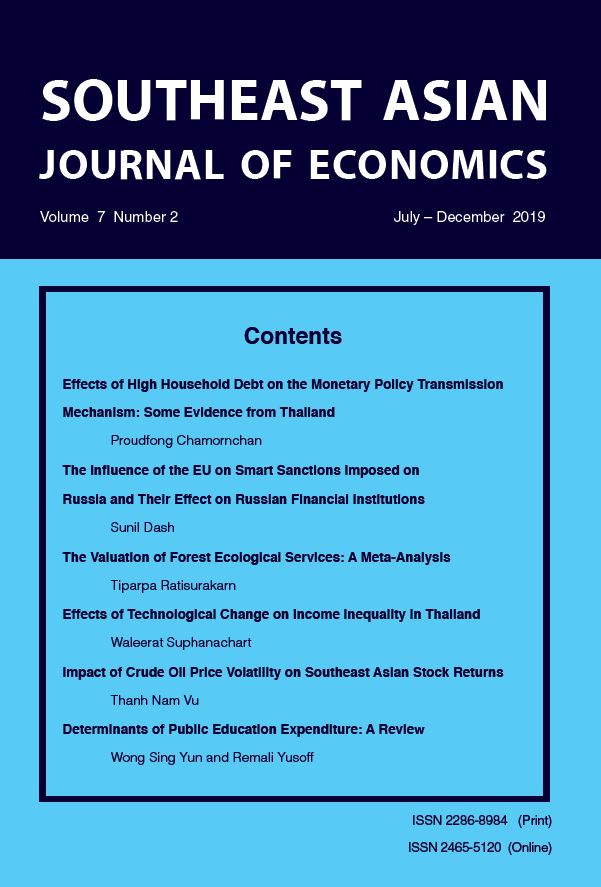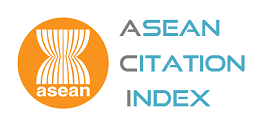Evidence of Moral Hazards in Crop Insurance in Northeast China
Keywords:
Crop insurance, Moral hazards, Behavior, Maize, AgricultureAbstract
The article evaluates the extent of moral hazards in the governmentsubsidized crop insurance in North-east China. 356 maize-growing households were surveyed. The households’ behavioral changes in cultivating maize were examined by the propensity-score matching method. The research found that households with crop insurance put 133.03 kilograms more base fertilizer, but 144.49 kilograms less top-dressing per hectare, and use herbicide more often by 0.3 times. Higher doses of base fertilizer and herbicide which are convenient but not efficient in practice are likely to make farmers less care about the maize. Therefore, we consider the abuses of those chemicals as evidence of moral hazards in the current term of crop insurance. In order to mitigate moral hazards and improve the efficiency of the crop insurance program, more specific claimable causes of loss and higher protection level per hectare are suggested.
Downloads
Published
How to Cite
Issue
Section
License
The submission of a manuscript implies that the paper is an original work and has not been published elsewhere. The author(s) authorize the journal to reproduce or distribute the paper in printed or other electronic forms.







